

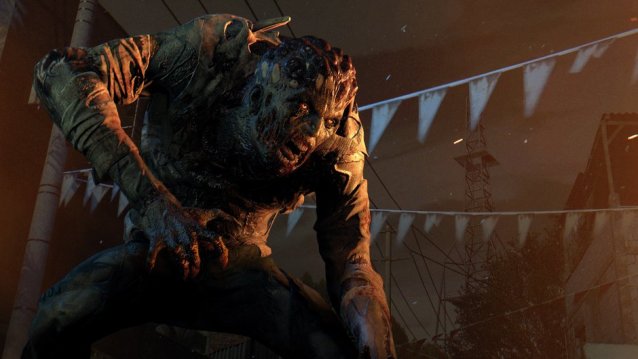
Disclaimer: Due to the length of this game, and the short window of time available to research, this review is based on only the first 14 hours of gameplay.
Dying Light is Techland’s latest game and it plays and feels like a spiritual successor to the studio’s previous zombie-infested title, Dead Island. While that alone may seem like a poor way to talk about the game, especially if you disliked Dead Island, fear not—Dying Light is Dead Island done right, and then some.
In the events leading up to Dying Light—a fictional city known as Harran is beset by an outbreak of what’s known as the Harran Virus. The virus appears to be a mutation of rabies that turns people into rabid ‘eaters’—zombies, in other words. As an aside, the city of Harran makes me think of Turkey for some reason. It must be the Arabic names of most of the game’s main characters and the mediterranean setting in general.
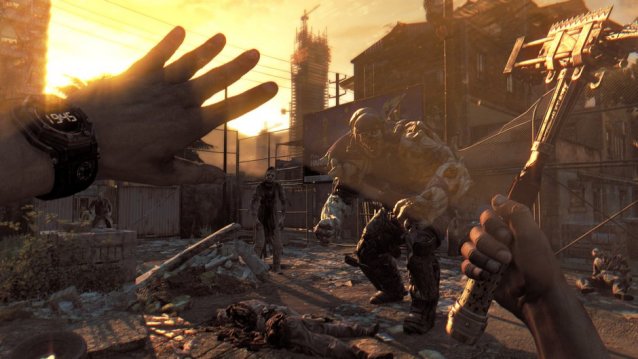
Players take on the role of an undercover operative for the GRE (Global Relief Effort — think UNICEF) named Kyle Crane, who’s airdropped into the quarantine zone to recover a sensitive piece of data that was stolen by some other guy that the player has to find. It’s all a part of the game’s main story missions. However, just as nothing ever goes as planned, Crane finds himself embroiled in the struggle of the runners—a group of survivors—against both the infected and the bandits who control much of the city.
After airdropping into the city, Crane is beset by thugs who beat the shit out of him until he’s forced to use his firearm, which not only scares them away but calls attention to a horde of zombies. Thankfully, he is rescued by a pair of friendly survivors—one of whom loses his life in the melee. Having survived his ordeal but bitten by a zombie, the player is given the chance to acclimatize themselves with the story, the setting, and more importantly, the game’s controls. The game’s tutorial lasts roughly a couple hours, teaching players how to climb (literally) and sending them out into the city for their first mission.
Dying Light combines first person combat action with Mirror’s Edge-inspired free-running techniques that allow players to traverse through the city as they please. With regards to the combat, attacks feel solid and heavy and stunning blows even cause the bones of zombies and humans alike to crack—presented in a visual spectacle of an x-ray shot reminiscent of the latest Mortal Kombat game.
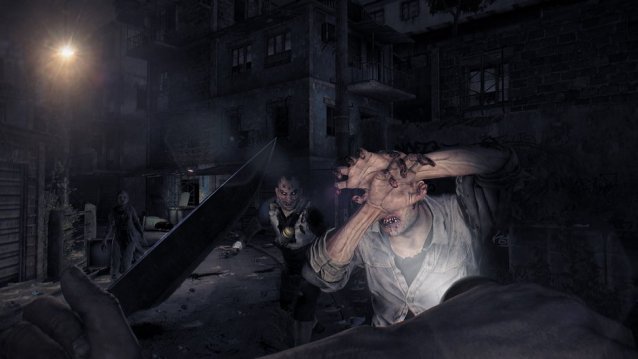
Early on, combat can feel clumsy—but that’s a given as there are few skills to use during the early game—many, if not all of which are later unlocked with progress through the game’s leveling system. Even the ability to dodge attacks, critical for avoiding heavy hitter zombies, is unlocked at level 2. Other key combat abilities, like sliding (allowing players to perform leg-breaking attacks) and grappling are unlocked later on. If you walk forward and back and watch your stamina bar and take on one or two zombies at a time instead of a whole group, leveling up to the point where these more powerful abilities are unlocked is a breeze.
Eventually however, combat becomes an absolute blast, as you’ll get abilities that allow you to (for example) perform a dropkick from higher elevation, and carve your way through a swath of zombies like a hot knife through brains. The most fun you’ll have in the game is divekicking a zombie off a ledge or into a spike trap.
Now, if beating things to death with a weapon isn’t your jam, you can always use guns and their assortment of upgrades. You’re a one man zombie killing machine in the making.
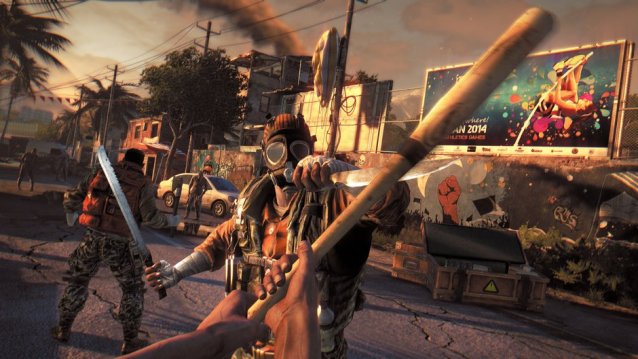
In contrast to early combat, running, jumping, and climbing feels incredibly fluid in Dying Light even from the get-go. The game gives the player a good sense of Crane’s athleticism as he makes his way through the city on the ground and across rooftops. Learning to climb walls and perform running jumps can take awhile to master, but the game rewards experience points for successful attempts.
Speaking of experience points, in addition to the core mechanics is a heavy RPG system with three separate leveling grinds and skill points to unlock new skills at each level of progress. The first grind is leveled through the completion of main and side story missions—and doing so unlocks new survivability techniques like the ability to create boosters for short term bonuses to athletic skill and fighting ability. The second grind revolves around athleticism and is leveled by simply traversing through the world while free-running. And finally, there’s the combat grind which is leveled by—you guessed it—fighting zombies and hostile humans.
Complementing the game’s RPG mechanics is an intricate crafting system that functions very much like the systems in Dead Island and The Last of Us—except you won’t need to visit any crafting benches to create new items. There is all manner of salvage to loot out in the world, and players can put together new items or upgrade existing ones based on discovered blueprints. Hitting the “X” button on the PS4 controller will even highlight loot-able objects, which is especially helpful. Players will want an inventory full of disposable weapons, at least early on, as weapons tend to break relatively easily.

The game repeatedly warns that going out at night is suicide, and that soon becomes evident once the game loosens its strings over the player, who’s free to explore the city and undertake quests in its open world. The game is called Dying Light for a reason—and that is because the sun sets as you play the game normally. Once night falls, aggressive zombies called Volatiles show up. The game adds an element of stealth as you’ll want to avoid these freaks, because combat with them can be extremely challenging. Taking them out isn’t simply a matter of beating them to death—they must be lured into traps set up specifically for their destruction.
Dying Light isn’t all about surviving the zombie hordes and looting to survive. There’s a story that I won’t spoil, which involves a wide variety of interesting missions (some of which are randomly encountered out in the world) with objectives like climbing up radio towers, reminiscent of Far Cry 3 and 4, and pursuing a serial killer who stalks the city’s living inhabitants. Needless to say, there's plenty to do in Harran.
Dying Light is zombie-killing action turned up to 11. To say that it’s “not a bad game” would be a colossal understatement. Couple all of that with a pulse-pounding soundtrack and you’ve got a recipe for something truly enjoyable. Buy this game.
9 out of 10
Addendum: We’ll be reviewing the multiplayer portion of Dying Light separately. Stay tuned!
Dying Light is developed by Techland and published by Warner Bros Interactive Entertainment. It is available at retail or digitally for $59.99. A copy was provided by the publisher for the purpose of this review.
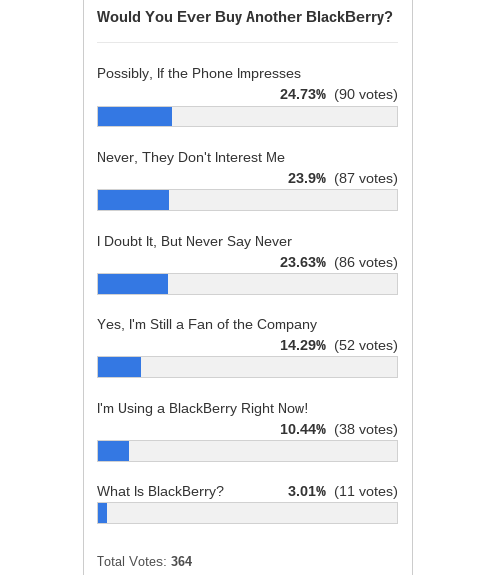



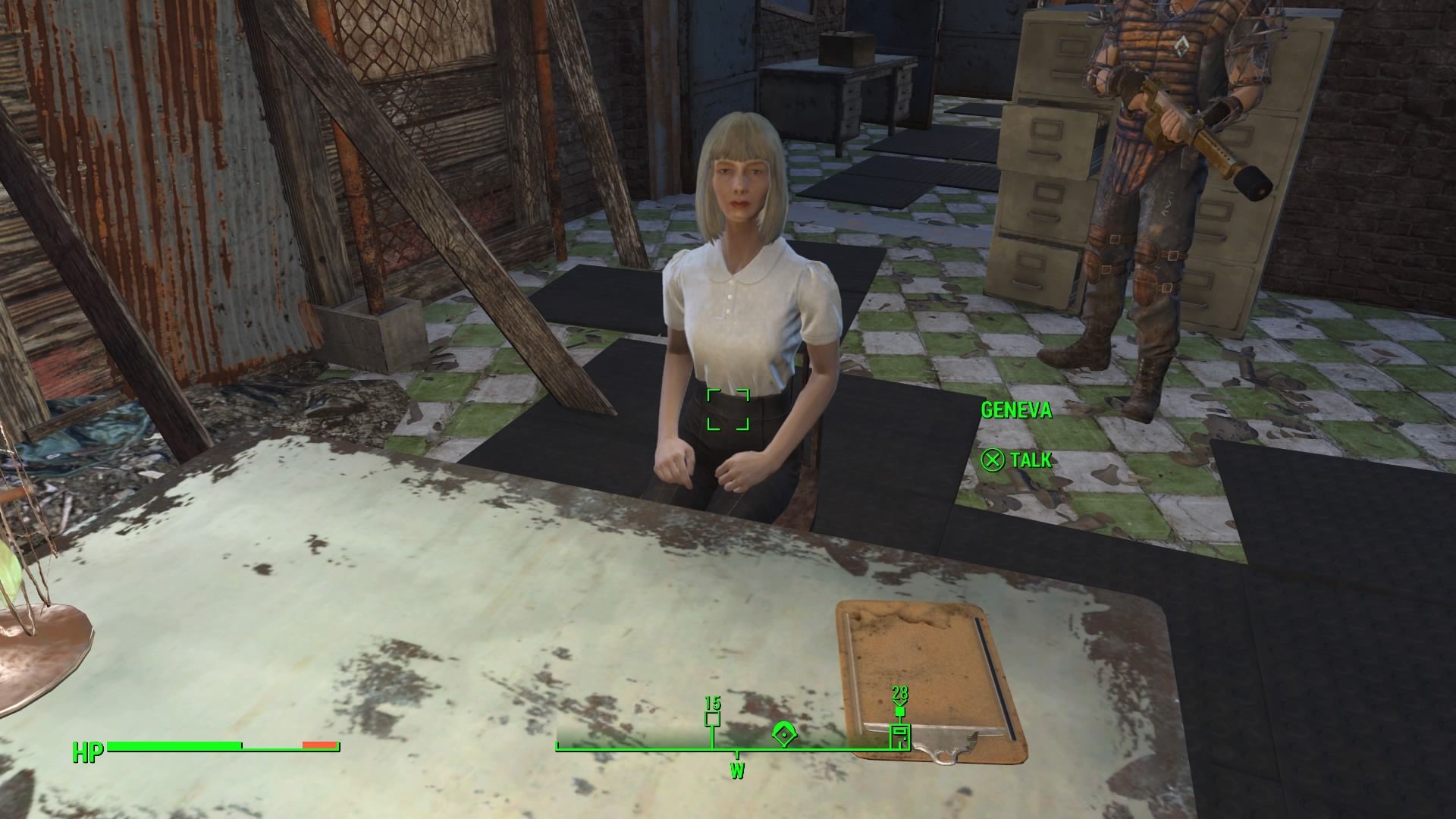 Fallout 4: Getting a Clue walkthrough
Fallout 4: Getting a Clue walkthrough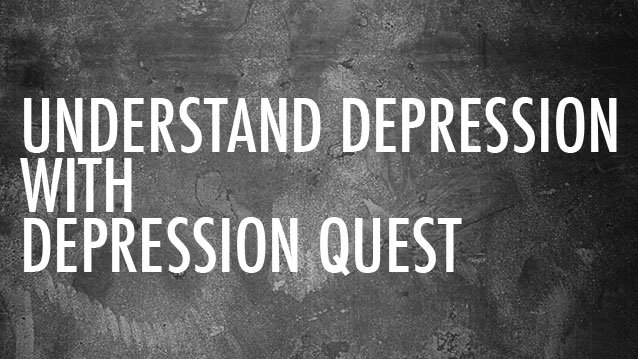 Understand Depression with Depression Quest
Understand Depression with Depression Quest Destiny The Dark Below Guide: 5 Starter Tips
Destiny The Dark Below Guide: 5 Starter Tips Lego Marvel Superheroes Gold Brick Locations in Quest and Races
Lego Marvel Superheroes Gold Brick Locations in Quest and Races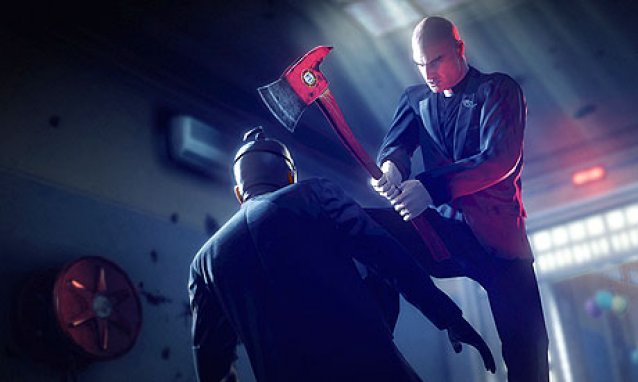 Should I Have Tweeted About Hitman The Day Of The Sandy Hook Tragedy?
Should I Have Tweeted About Hitman The Day Of The Sandy Hook Tragedy?